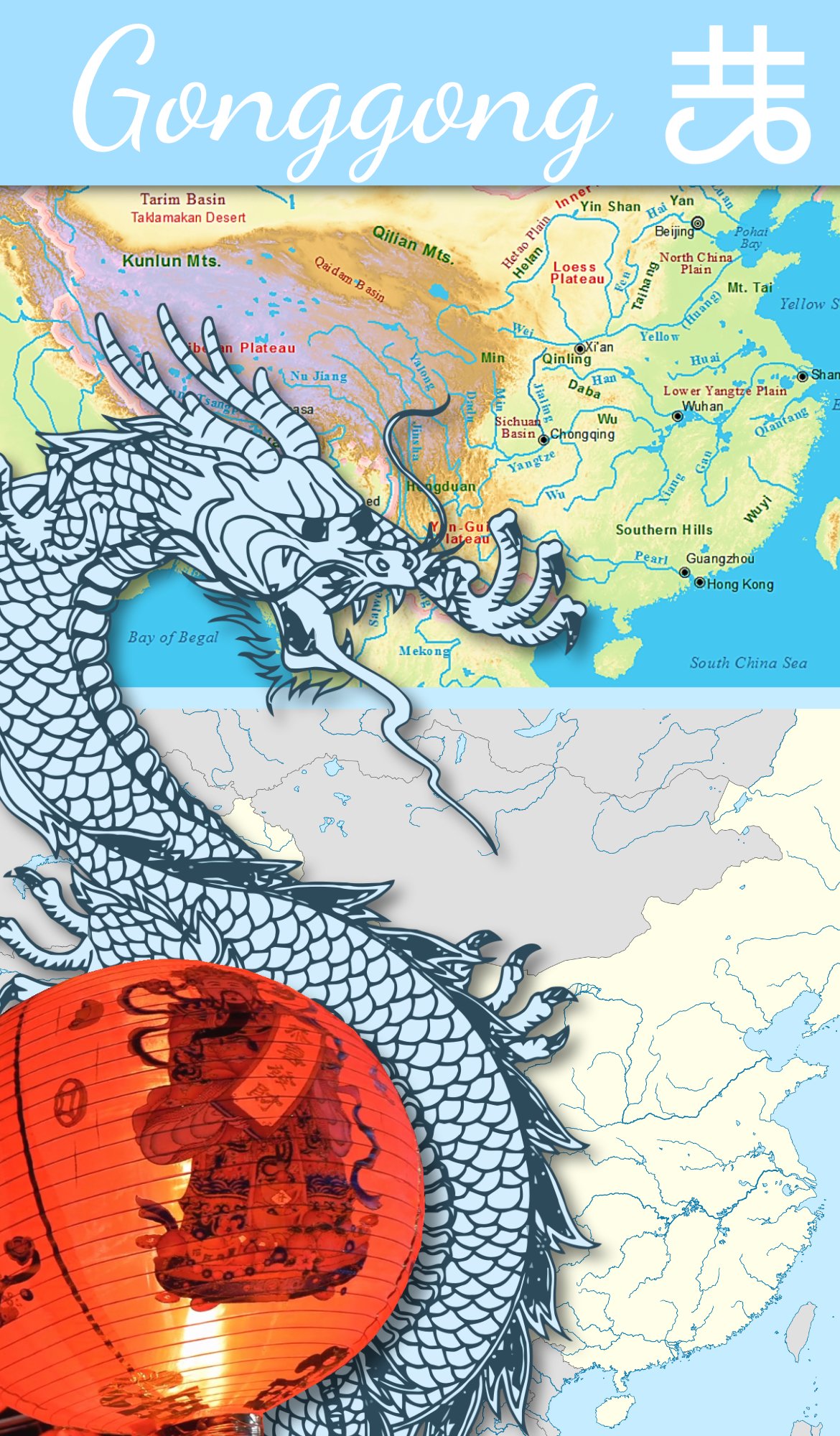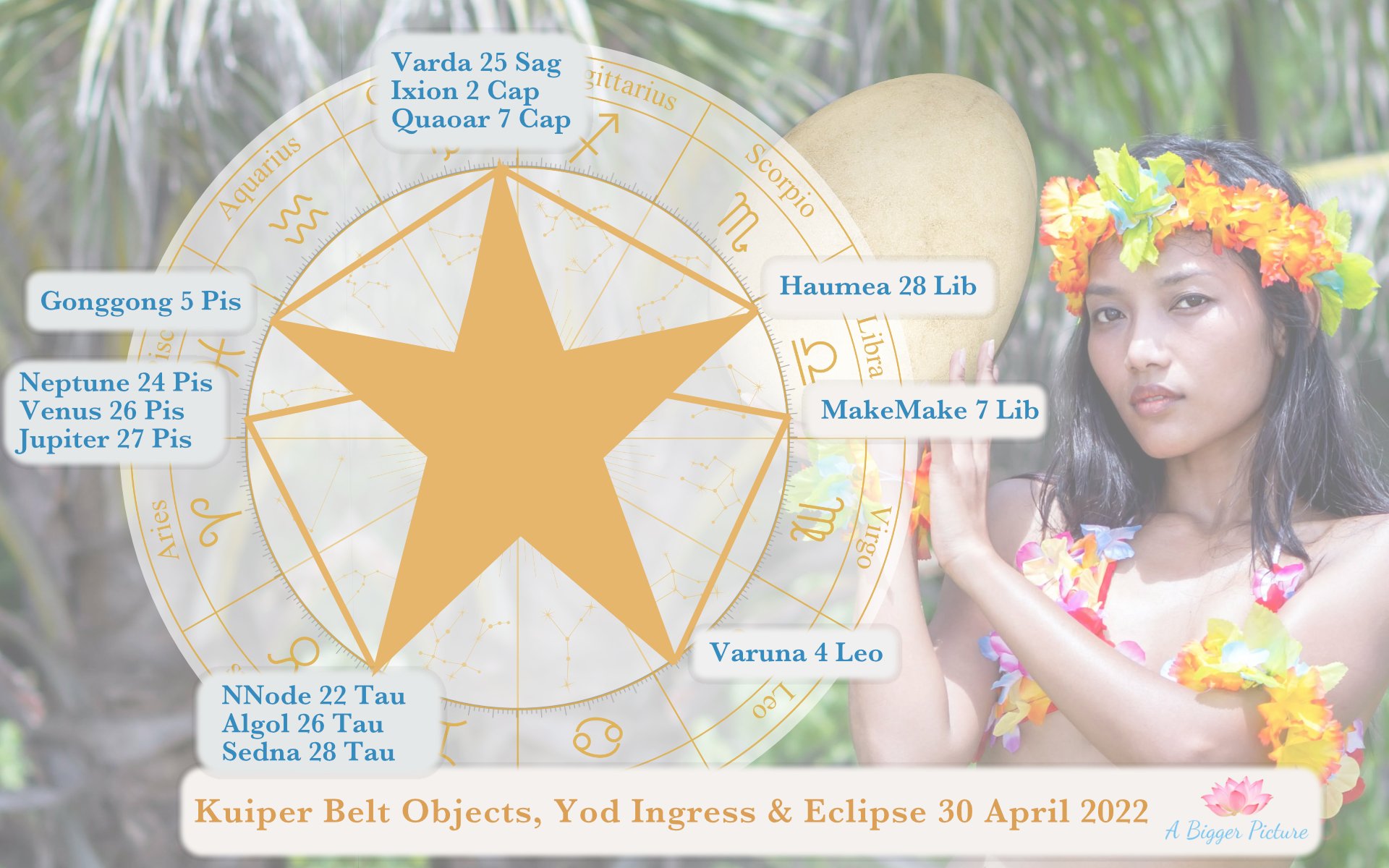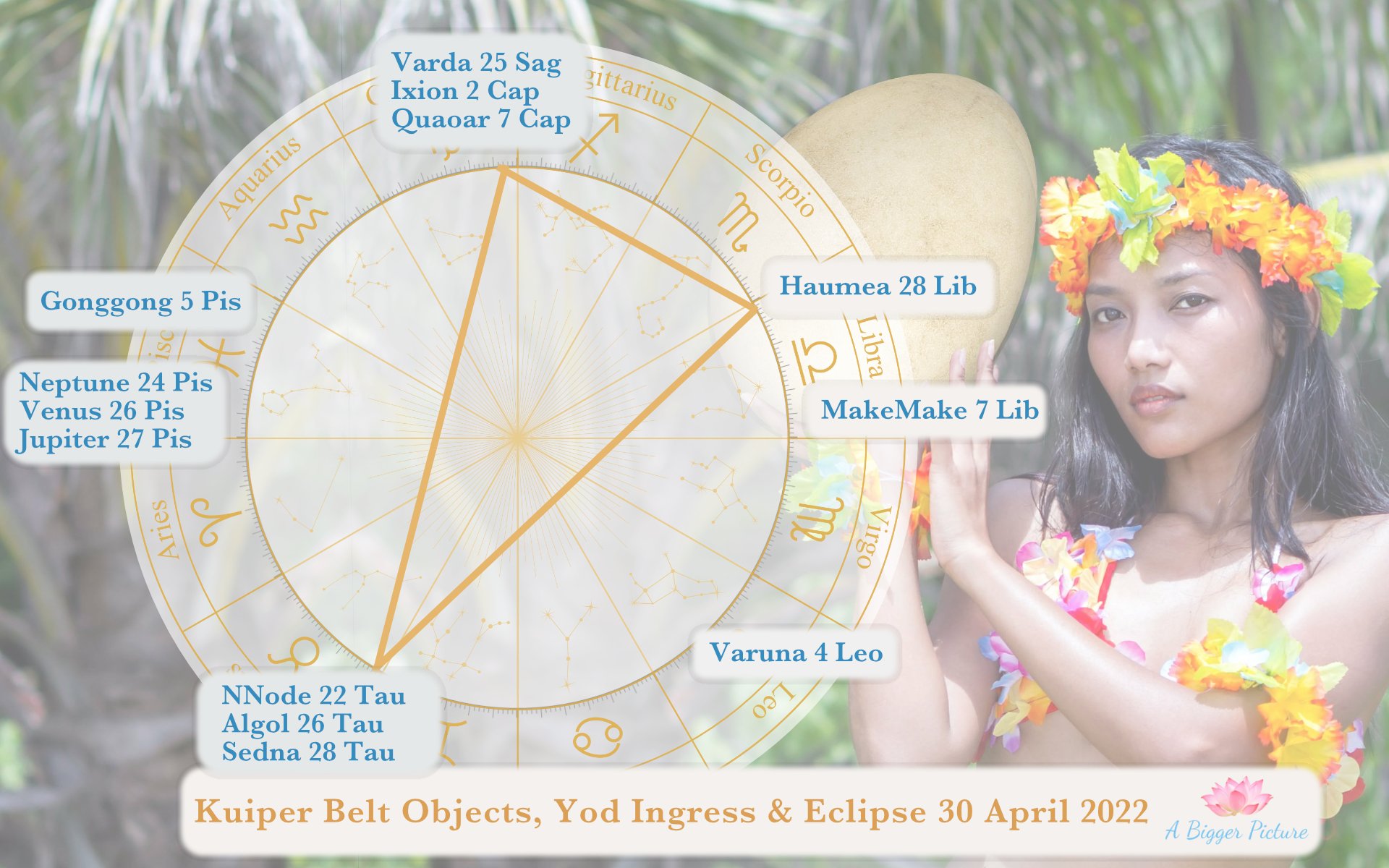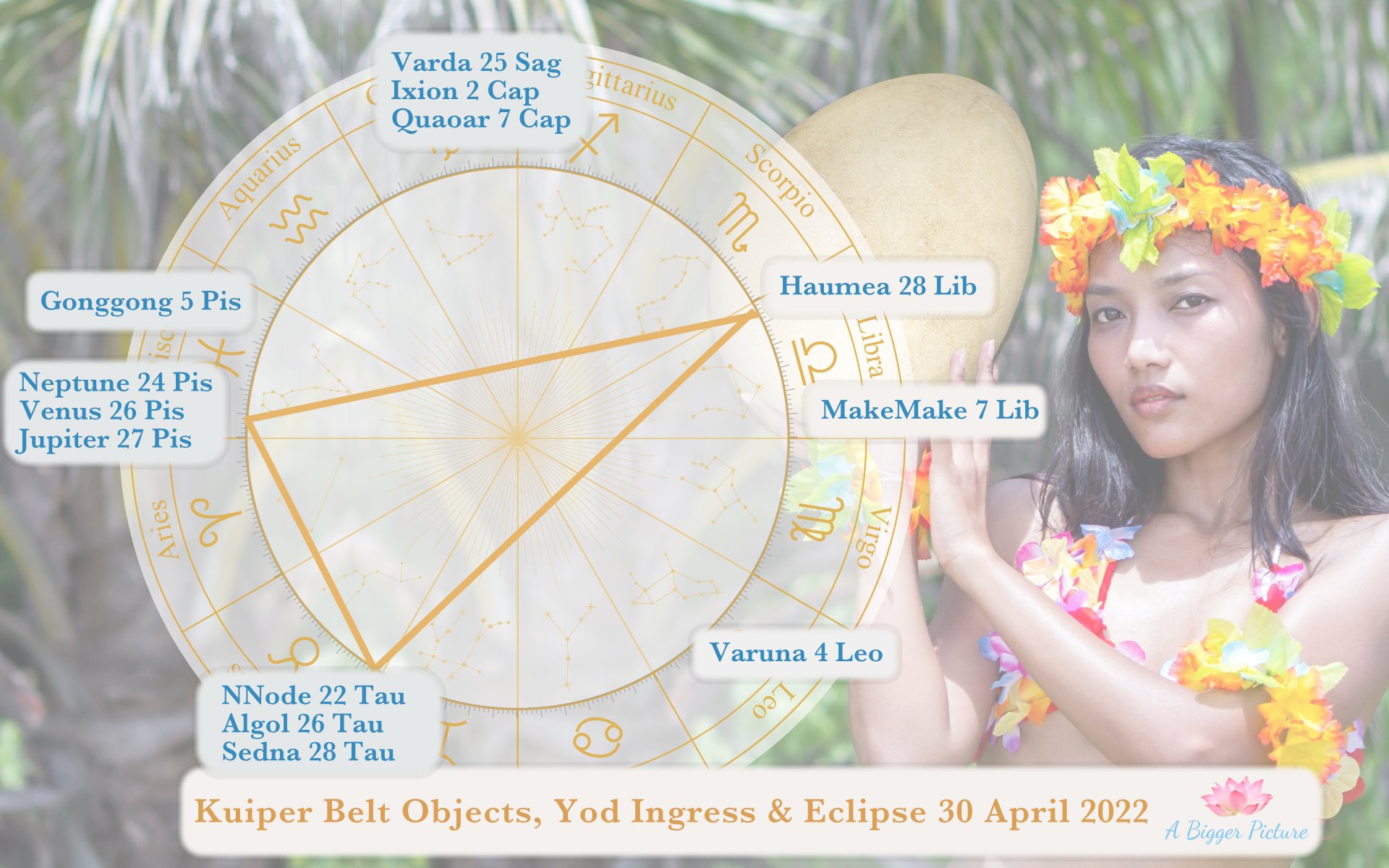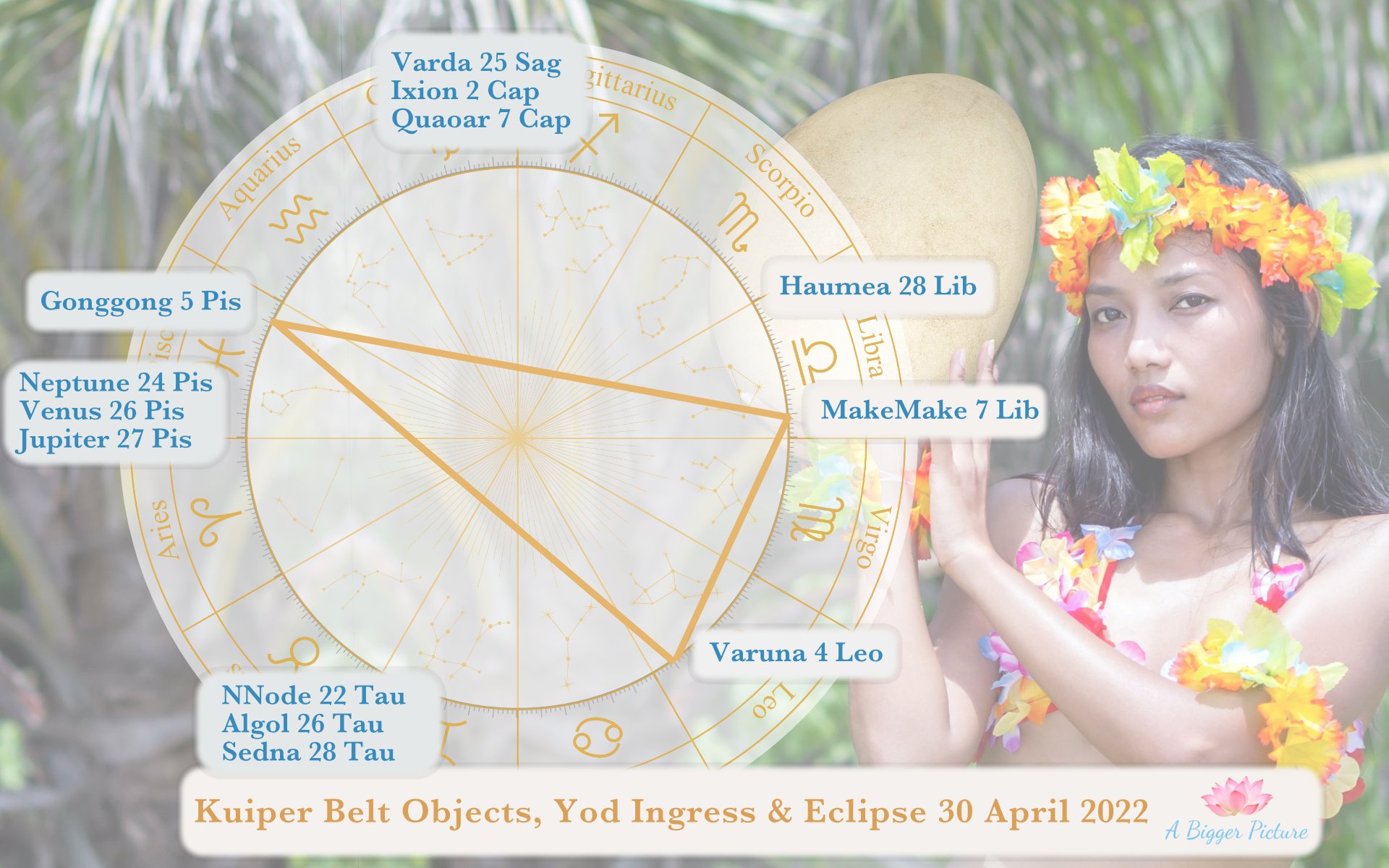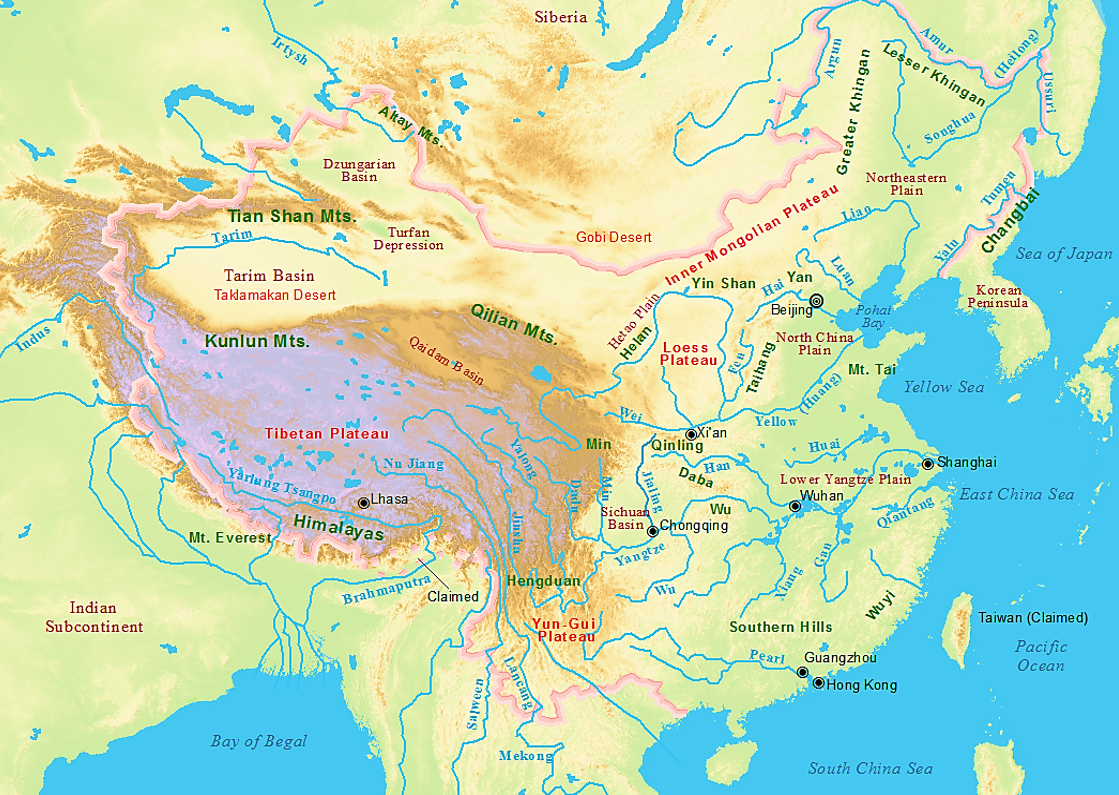Gonggong Orbit
Gonggong takes 554 earth years to orbit the sun. Sedna takes about 11,400 years, Eris takes 557 years, and Pluto takes about 248 years.
The Kuiper belt is distinct from the hypothesised Oort cloud, which is believed to be a thousand times more distant and mostly spherical. The objects within the Kuiper belt, together with the members of the scattered disc and any potential Hills cloud or Oort cloud objects, are collectively referred to as trans-Neptunian objects (TNOs) Here is a list of the Kuiper belt objects (that had already been named) in the order of being the most brightest as viewed from Earth: Pluto, MakeMake, Haumea, Charon, Orcus, Quaoar, Varda, Varuna, Ixion.
The most important aspect of the images below for the reader to observe, is the horisontal line in the side wiew, which is called THE ECLIPTIC. This is the plane that the inner and outer planets orbit around the sun. This is the general orbit of planets like Mercury, Venus, Mars, Jupiter, Saturn, Uranus and Neptune; on the ecliptic. Pluto is the first TNO that makes a deviation from this norm, which is the normal for the TNOs. Eris for example, makes a very wide inclination of 44 degrees. Sedna, on the other hand, moves in such a wide elliptical orbit that it orbits into the Oort Cloud, which is considered the most distant area of known space. The TNOs have much in common, however, they also have great differences, which is why it has been such a challenge for astronomers to reach a consensus around classifications based on characteristics.
In 2006, the International Astronomical Union reclassified Pluto as a dwarf planet, due its size, and due to all the other Kuiper Belt objects that were discovered in the years prior. This new group/class ended the debate on what really constitutes a planet. Why? The newly discovered objects have very similar characteristics to Pluto. If they were to be considered planets, the number of planets that we have will keep on growing. Due to the new classification for Kuiper Belt Objects done after the discovery of MakeMake, the Kuiper Belt Objects are now on par with Pluto, and we know Pluto has a very, very powerful, underworld, plutonium, atomic energy. See this list of brightest Kuiper Belt Objects, as well as astronomer Mike Brown’s list of dwarf planets.

